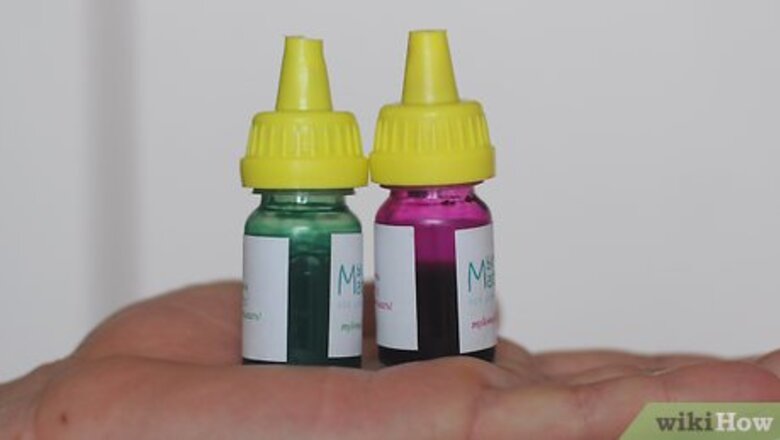
views
Choosing Food Coloring
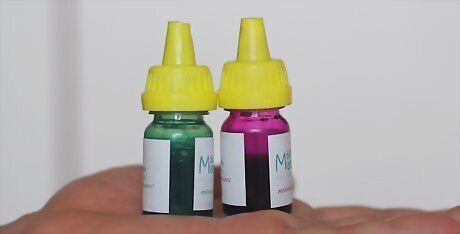
Pick up a package of liquid food dye for a quick way to add light color. You've probably seen a small package of liquid food dye at the grocery store or supermarket. Each inexpensive package contains a food safe bottle of synthetic red, yellow, blue, and green dye. It's easy to mix these dyes to make a custom color for dying your food, especially if you'd like a pale or pastel color. Keep in mind that if you want a deep color, you'd have to use a lot of liquid dye, which could change the texture of your food.
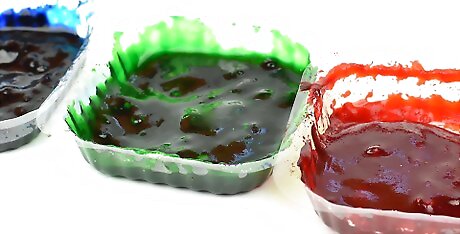
Choose gel paste if you want to make a rich or deep color. Gel paste is another synthetic dye but it's blended with water, glycerine, and corn syrup to make a thick, concentrated paste. Buy a small pot of gel paste if you'd like a little dye to go a long way.Did You Know? Gel paste is sometimes called icing color or concentrated gel. You can find gel paste at craft supply stores, cooking stores, or online. Look for food-safe gel paste that's labeled non-toxic. Keep in mind that gel paste is usually messier to work with than liquid dye.
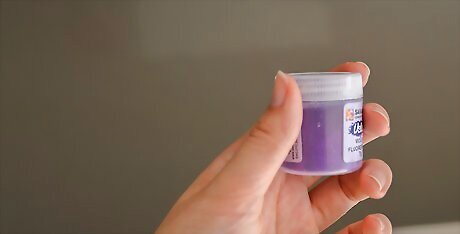
Buy powdered dye for the most variety of uses. You can find small jars of powdered dye at craft supply stores. Since this dye isn't combined with water, glycerine, or corn syrup, it lasts a long time and is great to add to food that you don't want to dilute. It's also easy to get a bold or dark color using powdered dye. If your craft store doesn't carry powdered dye, you can buy it online. Ensure that the powder is food safe and non-toxic before purchasing.
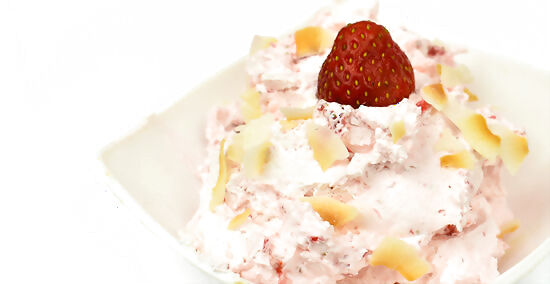
Make your own natural food coloring for rich, subtle colors. If you don't like the idea of buying synthetic dyes to add to your food, work with brightly colored fruits and vegetables. Depending on the produce, you can juice it, boil it, or dehydrate it before grinding it to get a pigment for dying your food. You can make natural food coloring from:Tip: You can also use brightly colored spices to color food. For example, lots of rice or curry dishes are colored with turmeric or saffron to give them a yellow or orange color. Beets Carrots Red cabbage Onions Spinach Pomegranates Berries (strawberries, blueberries, blackberries)
Selecting Food to Color

Stir coloring into batter for baked goods. If you're making muffins, cake, cupcakes, pancakes, or waffles, mix any type of food coloring into the batter before you bake the food. You should add the dye to the wet ingredients so you don't accidentally overmix the batter which would make the food tough. The color of some baked goods might change as they bake, so batter that looks really bright may end up being a shade paler after it cooks.
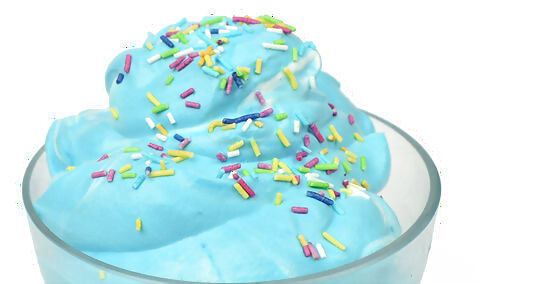
Create colorful frostings or icings with food coloring. You can easily color buttercream or icing with any type of food coloring. To get a pale color, use liquid food coloring, for instance, or try gel to get a bolder color. Add the food coloring along with any extracts or flavorings. If you'd like to mix food coloring into whipped cream, use gel or powdered food coloring since liquid food coloring could make it harder to beat the whipped cream.
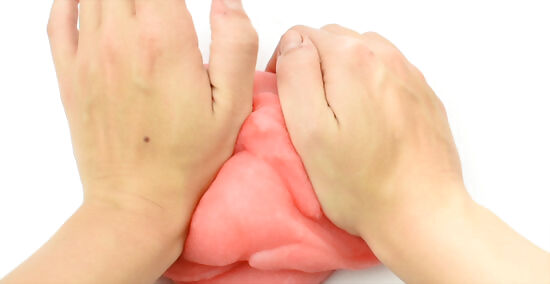
Add food coloring gel into fondant or gum paste. If you'll be covering a cake with a smooth layer of fondant, customize the color before you roll it out. Make a well in the center of the fondant and dab a little food coloring gel into it. You can keep folding the fondant over and over until the color is incorporated. It will take a little effort to spread the food coloring gel evenly through the fondant, so don't give up before the color is completely mixed in.
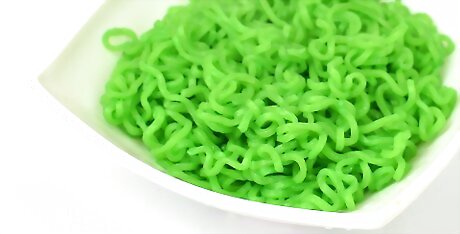
Mix colorful spices or liquid food coloring into grains or noodle dishes. Make your next curry or batch of biryani really pop by mixing yellow or orange spices or dye into the grains. You can add the coloring to the water that you use to cook the noodles or grains. Try dying: Couscous White rice Soba noodles Quinoa
Mixing the Coloring into Food

Reduce the acid in the food you want to dye. Acidic ingredients, such as lemon juice, cream of tartar, and buttermilk, can react with the food coloring to create an unusual tint. Try to substitute or reduce the acidic ingredient so the colors stay true. For example, if you're dying a buttermilk frosting violet, the acid in the buttermilk will make the color appear blue. To prevent this from happening, use milk instead of buttermilk.
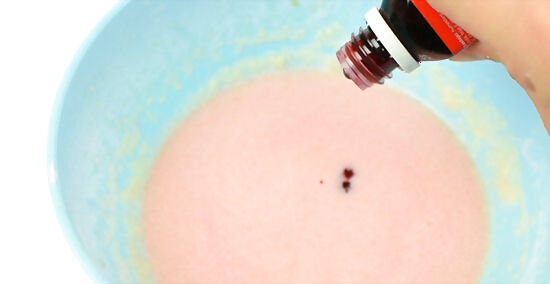
Stir liquid food coloring in drop by drop. It's easiest to add liquid food coloring to foods that are pale or white since the dye won't be competing with other pigments. Squirt 1 or 2 drops and mix the dye into your food. Then, keep adding food color 1 drop at a time until the food is the color you'd like.Did You Know? You can make these colors by mixing:1 drop of red with 2 drops of yellow = orange1 drop of blue with 3 drops of red = purple1 drop of red with 1 drop of yellow and 4 drops of blue = dark green2 drops of red with 4 drops of yellow = peach6 drops of red with 6 drops of yellow and 4 drops of blue = brown Remember that you can create colors by combining drops of the red, blue, green, and yellow dye you bought.
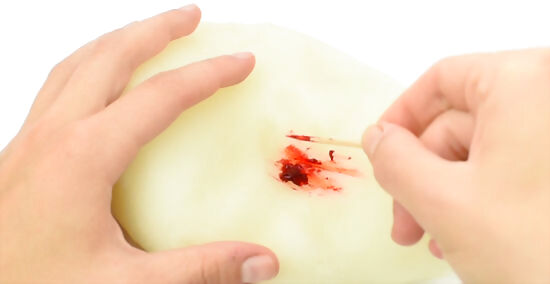
Stir food coloring gel into food to create bold color. Since the gel is more concentrated than liquid food coloring, start coloring food by dipping a toothpick into the gel and dabbing it into the food. Once you've incorporated it, you can continue to add just a tiny bit at a time. Remember that it's easier to add more than to correct food that's too dark. Gel food coloring is great for dying food red or black since these are difficult colors to make using liquid food dye. If you're dying a large quantity of food, such as cake batter, gel paste is a good choice because it's so bright.
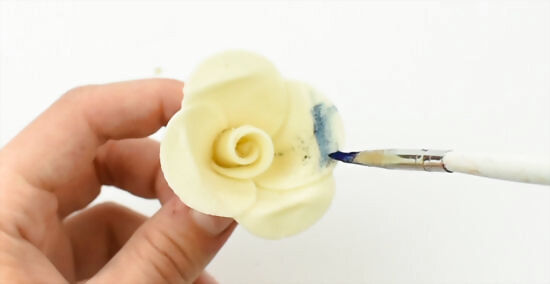
Mix a little powdered dye directly into batter or brush it on top of food. If you're dying foods that shouldn't have added liquid, such as chocolate, meringues, or macarons, mix a little powder right into the batter. Keep adding powder until the batter is as bright as you want it. You can also stir a little powder into a few drops of water to make a strong paint that you can brush over cookies or fondant-covered cake. It's better to go slowly when you add the powder since it's easy to make a color that's too dark.




















Comments
0 comment